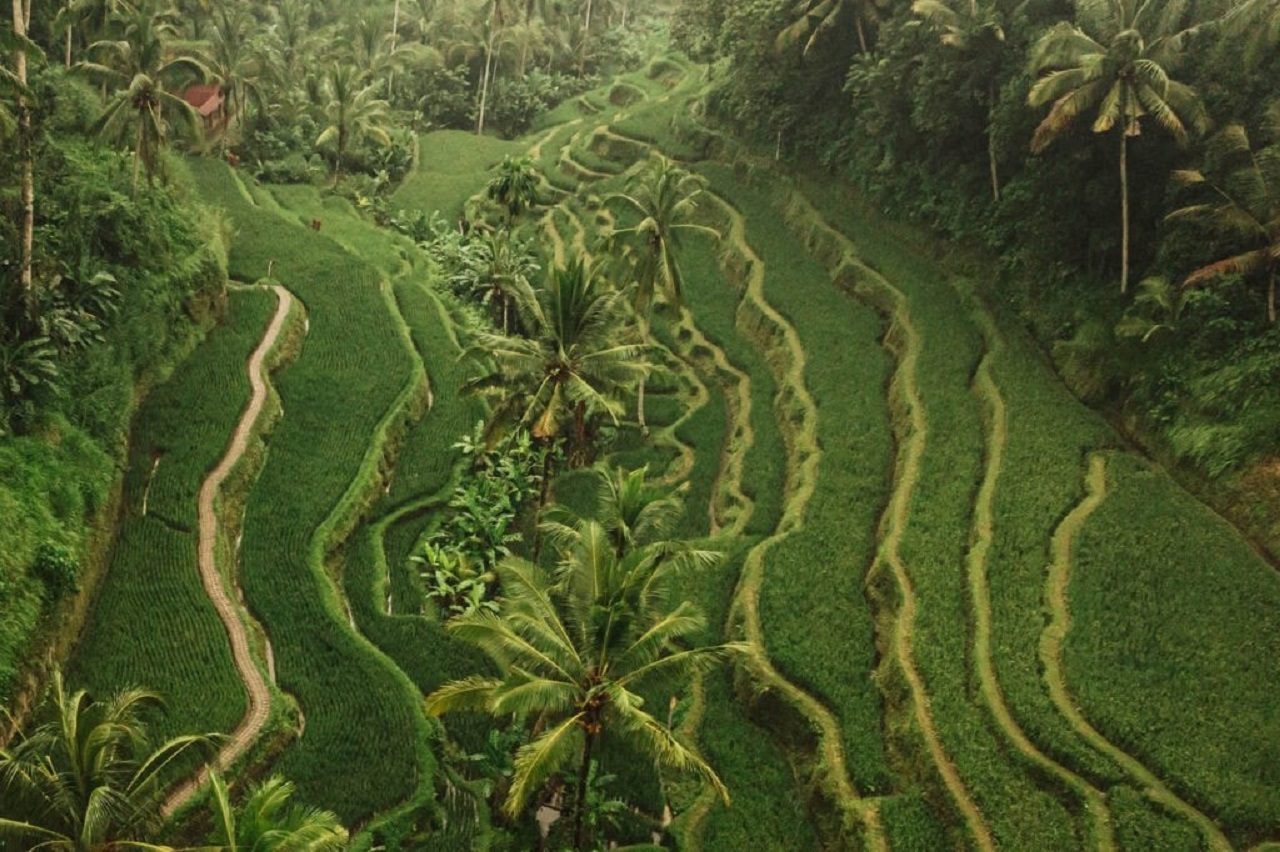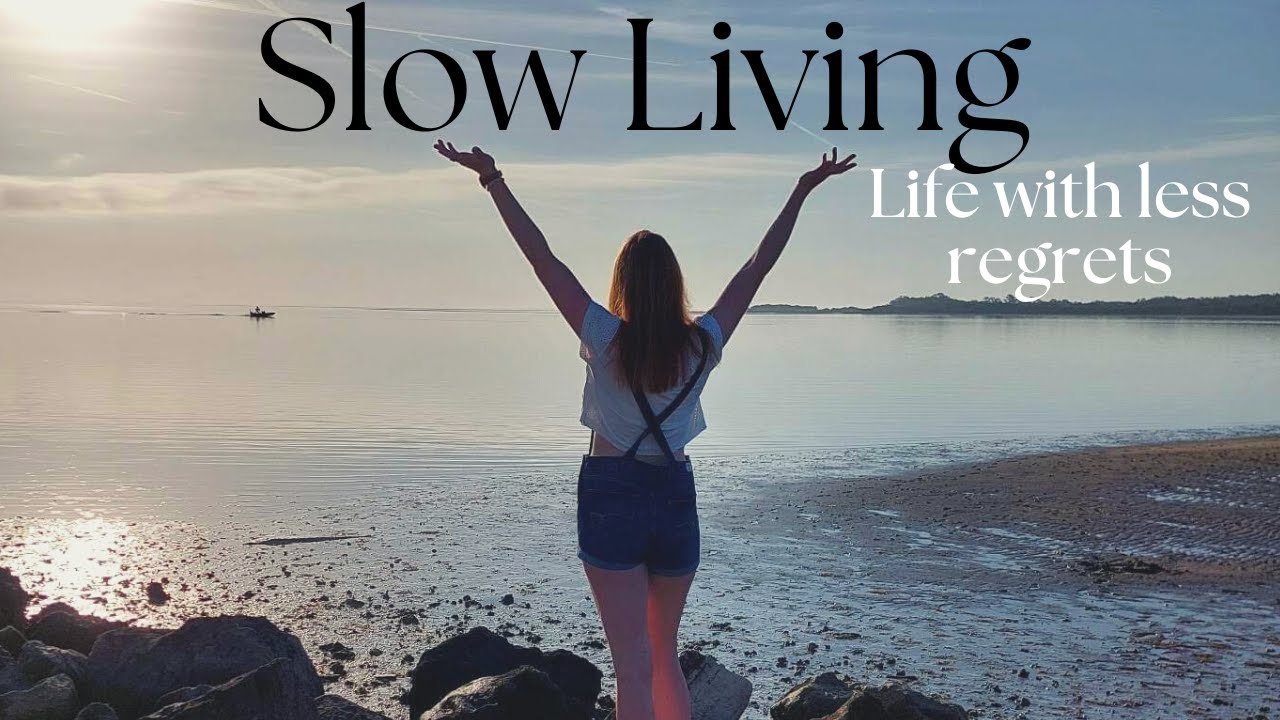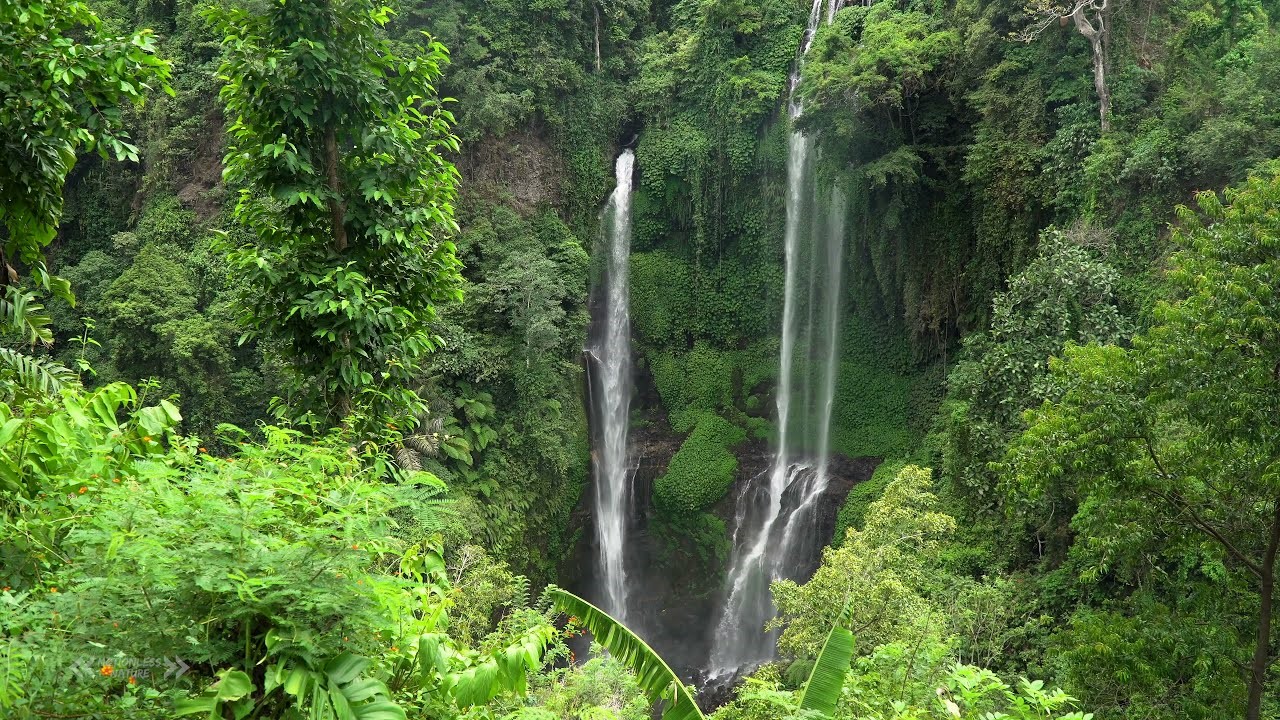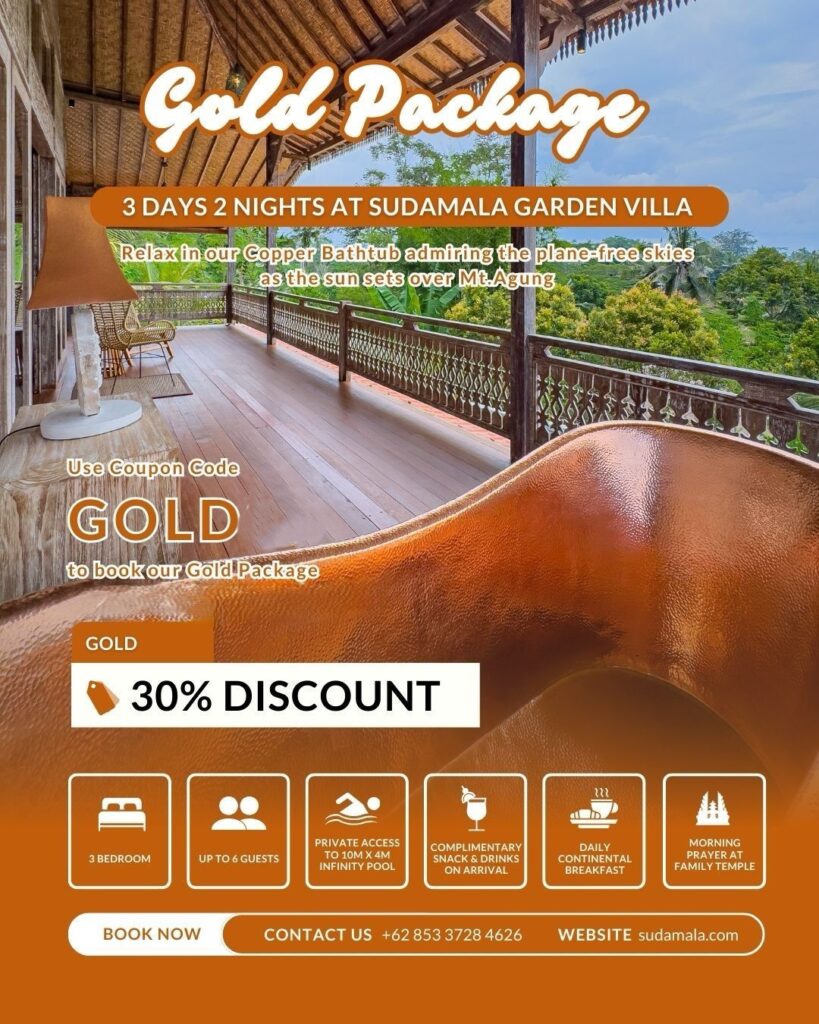There’s a certain magic to Ubud. It’s not the type you find in the neon-lit frenzy of Seminyak or the surf-laden shores of Canggu. No, Ubud’s enchantment is quieter, more profound—it lingers in the rustling of coconut palms, the distant hum of gamelan music, and the way life here follows the rhythm of nature itself.
For those seeking an authentic slice of Bali, Ubud is the soul of the island. From the breathtaking Tegallalang Rice Paddies to the lush rainforests that hide sacred waterfalls, this haven offers more than stunning vistas—it offers a way of life. One rooted in Slow Living, sustainability, and a deep connection with the land.
The Hypnotic Beauty of Tegallalang Rice Paddies

Every seasoned traveller has seen photos of Ubud’s famed Tegallalang Rice Paddies—the emerald terraces cascading down steep hillsides, the palm trees standing watch like ancient sentinels. But no picture truly does them justice.
The best way to experience them? Arrive at dawn. The mist clings to the fields, curling over the terraces like whispers from the past. Walk the narrow dirt paths where farmers, their feet still damp from the morning dew, quietly tend to the rice crops in a practice that has sustained this land for centuries. The hum of cicadas, the occasional splash of irrigation water, the golden glow of early sunlight—it’s pure poetry.
But Tegallalang Rice Paddies aren’t just about aesthetics. They are a living testament to the subak system, an ingenious irrigation method developed by Balinese farmers over a thousand years ago. This intricate network of canals and weirs doesn’t just sustain the fields—it upholds the very philosophy of Tri Hita Karana, the belief that harmony between humanity, nature, and the divine is essential to life.
Embracing Slow Living

Ubud is more than a picturesque stop on a Bali itinerary—it’s an invitation to slow down and truly live. The very essence of Slow Living permeates every corner of this town, urging visitors to escape the breakneck speed of modern life and embrace something more meaningful.
Take a stroll through the artisan markets, where local craftspeople weave dreams into batik fabrics and carve intricate wooden sculptures. Or sip on a locally brewed coffee in a warung tucked away in a rice field, letting time stretch and settle like the thick, earthy aroma in the air.
One of the best ways to embody Slow Living here is to spend an afternoon wandering the Campuhan Ridge Walk—a winding, sun-dappled trail where the jungle meets open fields and the pace of life slows to the soft crunch of dirt underfoot.
And let’s not forget the food. Ubud’s cafés and warungs champion the slow food movement, favouring fresh, locally sourced ingredients that nourish both body and soul. Whether it’s a rich tempeh curry made with hand-ground spices or a cold-pressed coconut juice infused with wild honey, every bite is a celebration of nature’s bounty.
Sustainability and the Philosophy of Permaculture Bali
Beyond the idyllic landscapes, Ubud is an epicentre of sustainable living. Here, the principles of permaculture aren’t just theories—they’re deeply embedded in everyday life. At Permaculture Bali, travellers can immerse themselves in a world where farming and nature exist in perfect harmony.
Picture this: waking up in an eco-lodge built entirely from bamboo, stepping outside to find yourself surrounded by lush gardens teeming with edible plants, each leaf and flower playing a vital role in a balanced ecosystem.
The workshops here don’t just teach you how to grow food sustainably—they redefine the way you think about your relationship with the environment. Learning the intricacies of composting, water conservation, and regenerative farming isn’t just educational—it’s transformational.
The Untamed Beauty of Ubud’s Rainforests

Away from the famed rice terraces, the rainforests surrounding Ubud hold secrets of their own. Ancient banyan trees wrap their colossal roots around temple ruins, while winding jungle paths lead to waterfalls so pristine they feel like something out of myth.
The Monkey Forest, a sacred sanctuary shrouded in mist and legend, is one such place. Here, moss-covered statues stand watch as mischievous long-tailed macaques dart through the vines, their playful chatter echoing through the trees.
For something more secluded, make your way to the hidden waterfalls of Ubud. Tegenungan is the most well-known, its powerful cascade tumbling into a deep emerald pool. But venture further and you’ll find Tibumana, a lesser-known treasure where water tumbles gently in delicate sheets over a mossy rock face, framed by lush greenery.
There’s something almost meditative about being here—standing beneath the falling water, feeling the pulse of nature as it washes over you, reminding you that life is best lived slowly, deliberately, and in tune with the wild beauty that surrounds us.
A Place That Stays With You
Some places leave a mark, their essence lingering long after you’ve packed your bags and bid them farewell. Ubud is one of those places. Maybe it’s the way the frangipani scents the warm night air, the rhythmic murmur of temple bells at dusk, or the quiet conversations with artisans who pour their souls into their craft. Maybe it’s the sight of the Tegallalang Rice Paddies swaying in the breeze, or the lessons learned at Permaculture Bali, redefining how we coexist with the land. Or perhaps it’s simply the art of Slow Living, the realization that life is meant to be savoured rather than rushed. Whatever it is, Ubud stays with you. And long after you’ve left, its gentle rhythms call you back—like the whisper of wind through palm leaves, urging you to return and listen once more.
